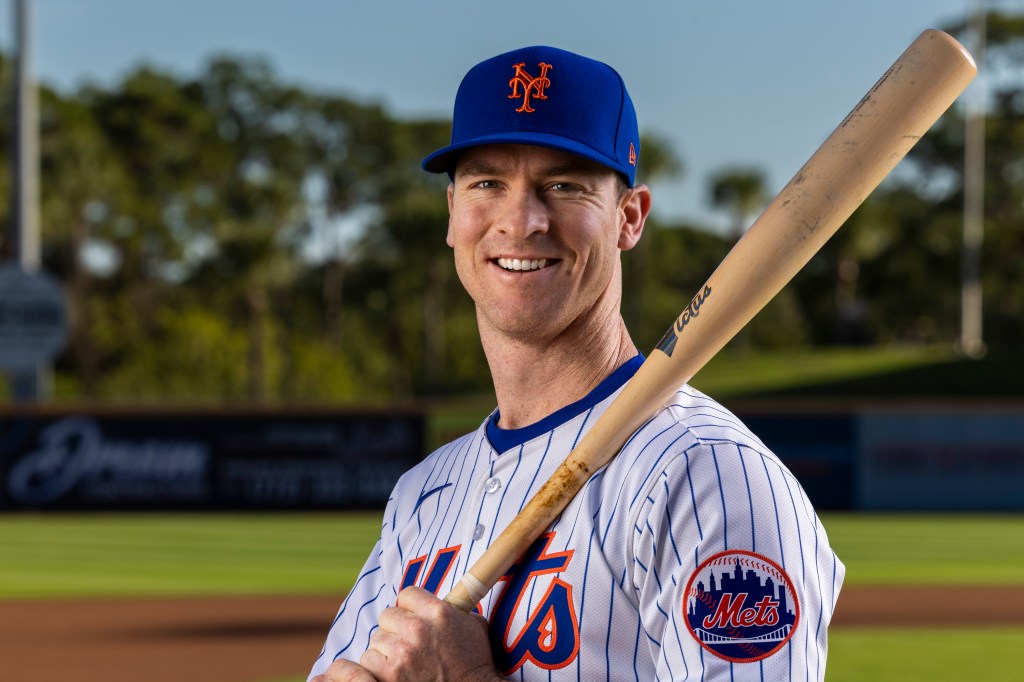JUPITER, Fla. — In another season, it would’ve been the right play. A good one, too.
Joey Wendle, holding on the Nationals’ Ildemaro Vargas at second base Thursday, prevented a pickoff attempt from bouncing into the outfield and kept Vargas from advancing in the second inning.
Instead, Wendle was called for obstruction, something that didn’t surprise him.

He’d observed some of the calls since MLB pushed umpires to monitor obstruction more this season, a development The Athletic reported in February, and his right knee had blocked the basepath.
An umpire awarded Vargas third base, and the Washington shortstop eventually scored on an infield single.
It’s not a new rule. Not like the pitch clock or the removal of shifts. Rule 6.01(h), according to The Athletic, had always labeled obstruction as “the act of a fielder who, while not in possession of the ball and not in the act of fielding the ball, impedes the progress of any runner.”
But it’s still something the Mets “have to be more conscious of,” Wendle said.
“I don’t like the rule, but in terms of that specific call, I wasn’t upset with the umpire or anything like that,” Wendle told The Post before the Mets defeated the Marlins 3-1 on Friday. “I feel like he was just enforcing what they had told him to do.”
The Mets’ middle infielders have tried to account for the obstruction scrutiny by sharpening their tags, Wendle said.
Sometimes, they’ll draw lines in the dirt to reflect running lanes — and then try to avoid them.
In the past, he added, infielders could intentionally plant their foot and directly block a baserunner when applying a pickoff tag.
Other times, similar scenarios would unfold by accident, where the ball and the angle of the throw and momentum would just take the infielders — like Wendle — to whatever location ended with it staying in front of them.
So it’s a challenge. An adjustment.
“It’s like, ‘I might as well just not even try,’ ” Wendle said jokingly, but even in cases like Thursday, when he claimed he wasn’t trying to block the bag, the intent didn’t stop Vargas from getting third and Wendle getting an error.
For right now, in the context of spring training, it simply resembles an innocuous sequence.
The ramifications weren’t significant.
But manager Carlos Mendoza said that adjustments will stretch beyond just the middle infielders and could apply to back-picks from catchers to first and third base, too.
If the obstruction call happens on a back-pick to third, Mendoza added, that’ also would lead to a run.
“You still gotta play the game,” Mendoza said. “Again, it’s new, but we have to embrace it, we have to work on it and we gotta get better.”